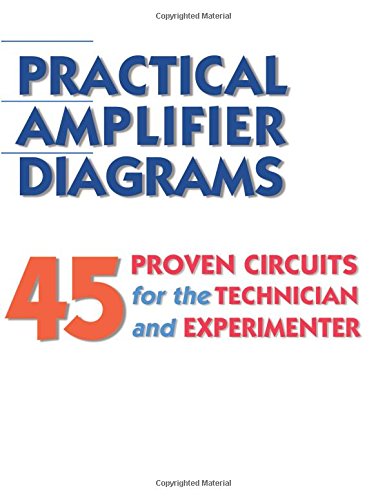MN3xxx series BBD Analog Shift Registers generally have two MOS source follower outputs. One is the delayed audio signal, the other a duplicate of the actual signal delayed one half clock tick. Some designs use a trimpot to balance the DC offset caused by different Vgs in the two source followers which generates a clock frequency square wave. If the clock frequency is high enough above audio, a simple LPF can scrape out that clock frequency component. If one of the two outputs is not connected the clock frequency component can be a couple volts p-p.Hi there!
After letting this project on a shelve for a while, i came back to it last night and found out its working somehow!
I have a few issues tho :
- i made the 220pf// to R24 mod but still have an annoying noise that fluctuates with modulation rate (i guess thats what dmp called robot noise?)
- it has high pitched noises increasing when i engage the depth knob - or when this one is fully off…
Could this be due to the fact that, for now, i housed it in a plastic box with metal faceplate?
Unlikely to be related to chassis.
JR
- and lastly, i’d like the rate LED but can’t figure it out… could someone help me with completing this drawing with needed connections?
Thanks very much!!


































